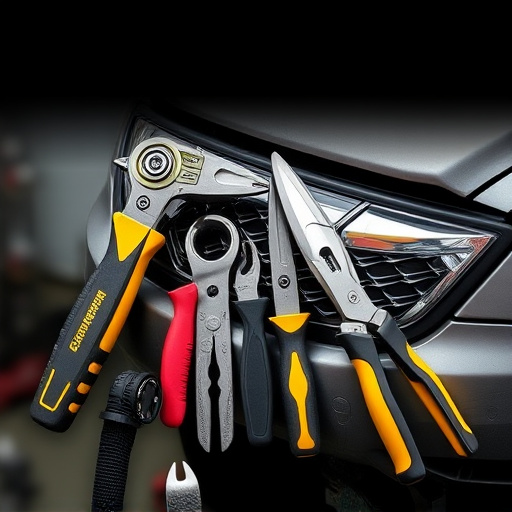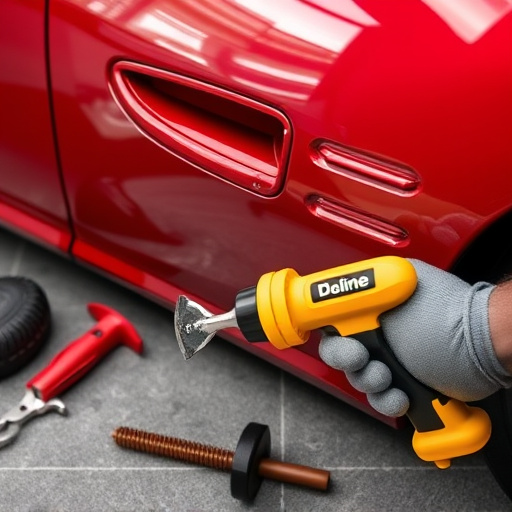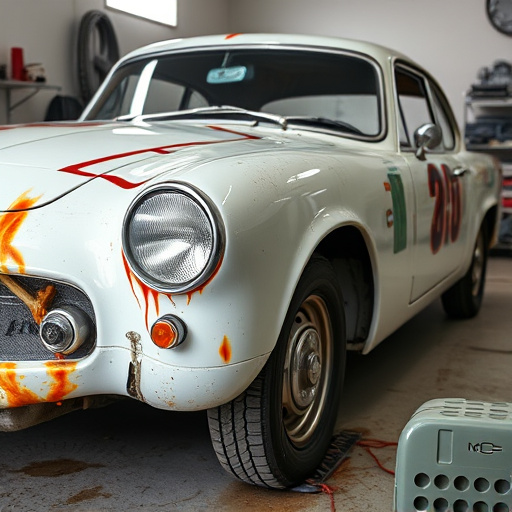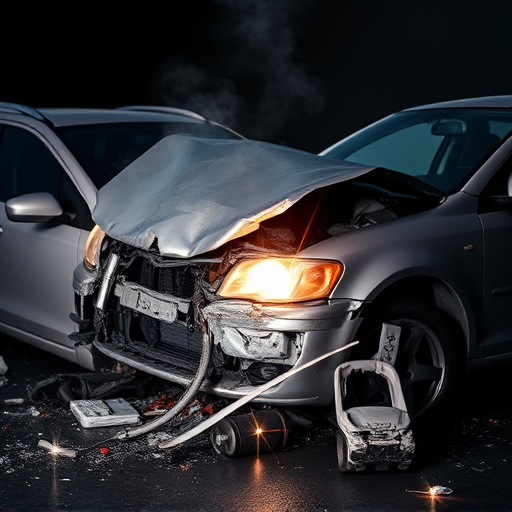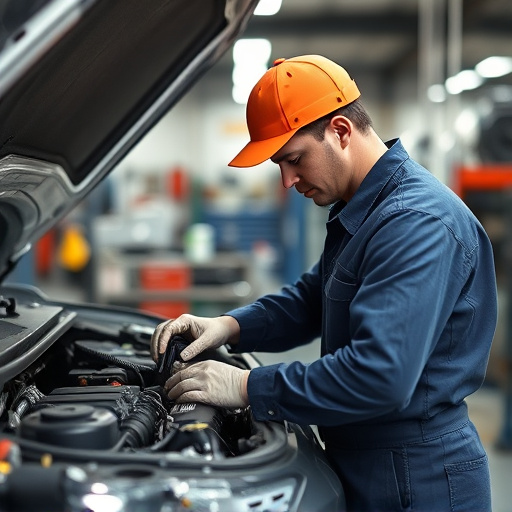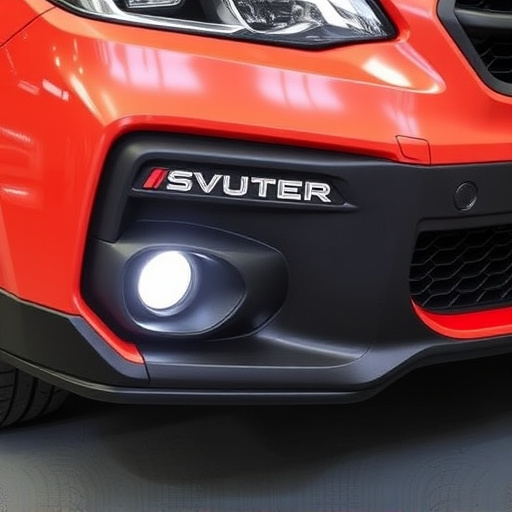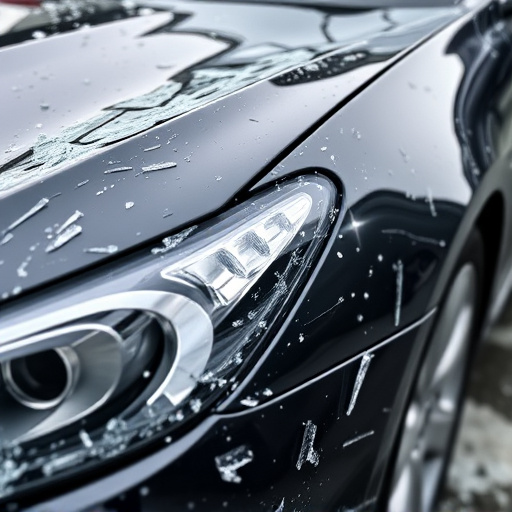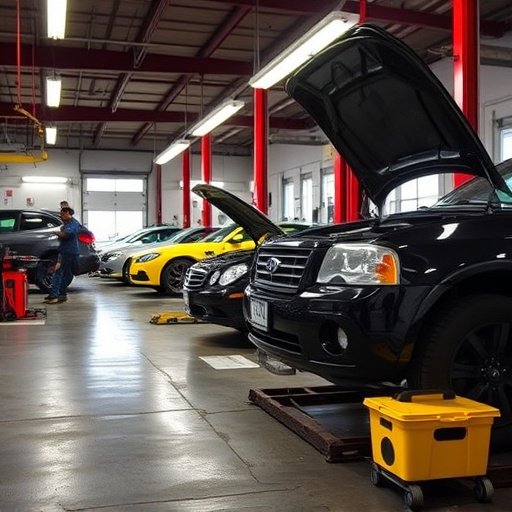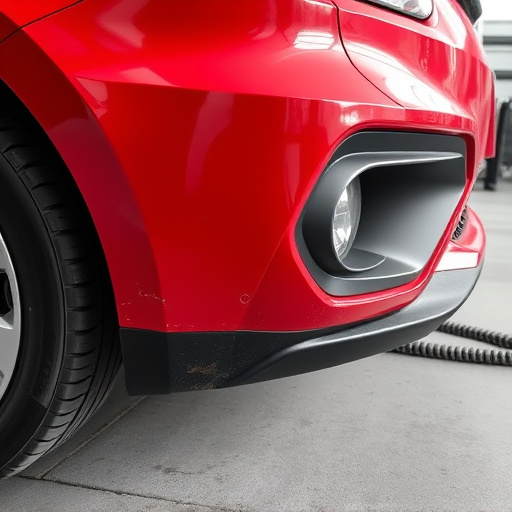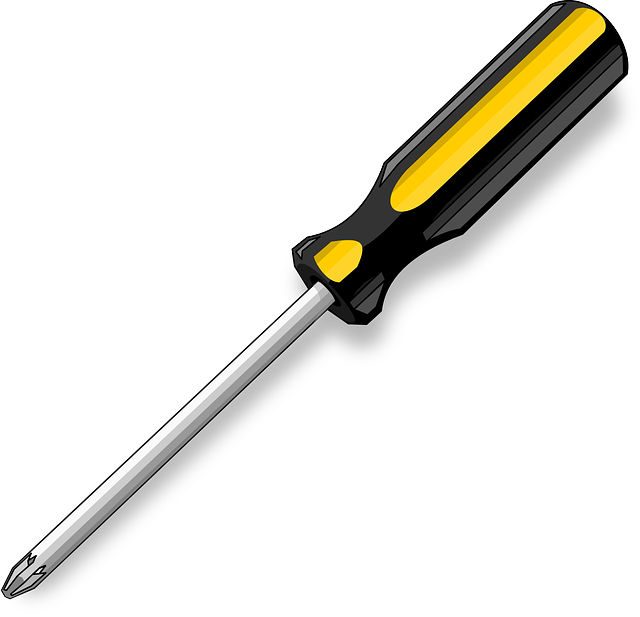Mercedes-Benz repair standards demand precise calibration of Advanced Driver Assistance Systems (ADAS) sensors for safety and performance. Reputable shops meet these standards with expert techniques, strict protocols, and specialized training, ensuring accurate sensor readings, reliable system function, and customer satisfaction for Mercedes-Benz owners.
Mercedes-Benz, renowned for its luxury and innovation, sets stringent repair standards, particularly in Advanced Driver Assistance Systems (ADAS). This article delves into how Mercedes-Benz repairs uphold precision and reliability through strict ADAS system calibration protocols. We explore the brand’s commitment to advanced safety standards and the crucial role of well-defined procedures in ensuring every repair meets or exceeds manufacturer expectations.
The sections ahead provide an in-depth look at these processes, highlighting their significance for both vehicle performance and customer safety.
- Mercedes-Benz Repair: Adopting Advanced Safety Standards
- ADAS Calibration: Ensuring System Precision and Reliability
- Protocol Implementation: The Cornerstone of Quality Repairs
Mercedes-Benz Repair: Adopting Advanced Safety Standards
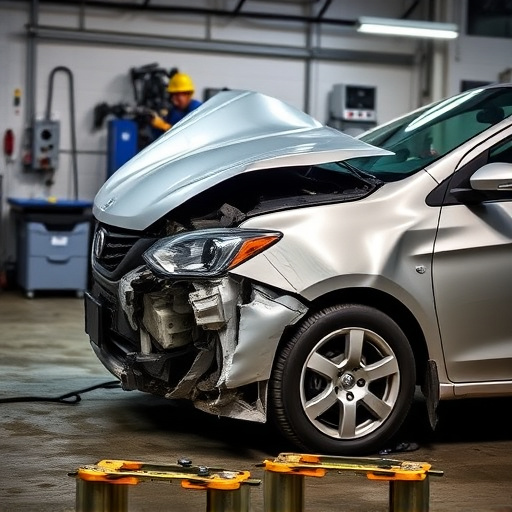
Mercedes-Benz, renowned for its luxury and innovation, sets a high bar when it comes to vehicle repair standards. In line with their commitment to advanced safety features, Mercedes-Benz repair shops must adhere to stringent protocols, especially when dealing with ADAS (Advanced Driver Assistance Systems) systems. These cutting-edge technologies play a vital role in enhancing road safety, and proper calibration is crucial to ensure their optimal performance.
Adopting these advanced safety standards requires specialized training and equipment. Auto body repair experts need to stay updated with the latest Mercedes-Benz repair standards, focusing on precise system calibration for sensors like cameras, lidar, and radar. An auto repair shop that specializes in Mercedes-Benz vehicles should offer not just excellent auto painting services but also precise auto body repair techniques to meet these high-tech demands, ensuring the safety and satisfaction of Mercedes-Benz owners.
ADAS Calibration: Ensuring System Precision and Reliability
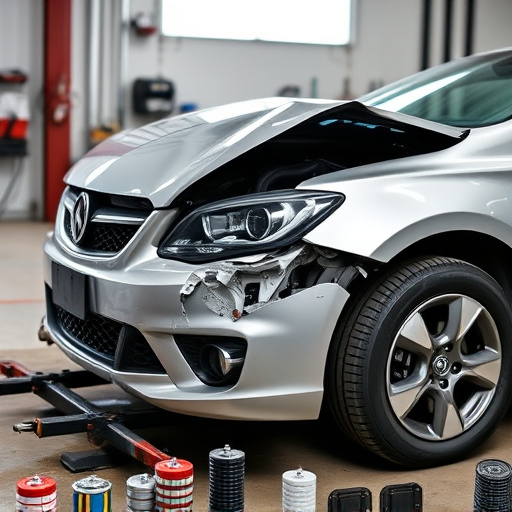
Mercedes-Benz repair standards demand unparalleled precision when it comes to Advanced Driver Assistance Systems (ADAS). Calibration is a critical aspect of ensuring these cutting-edge safety features function optimally. Every Mercedes-Benz vehicle equipped with ADAS, from adaptive cruise control to lane keeping assist, relies on accurately calibrated sensors and cameras for accurate performance. Improper calibration can lead to system malfunctions, compromising the safety and reliability of the vehicle.
Adhering to strict protocols, certified technicians at reputable fleet repair services or specialized Mercedes-Benz collision repair centers perform meticulous ADAS calibrations. This involves using advanced diagnostic tools to fine-tune sensor parameters, ensuring accurate readings in real-world driving conditions. Regular calibration maintenance not only boosts system reliability but also extends the lifespan of these sophisticated components, ultimately enhancing the overall driving experience for Mercedes-Benz owners.
Protocol Implementation: The Cornerstone of Quality Repairs
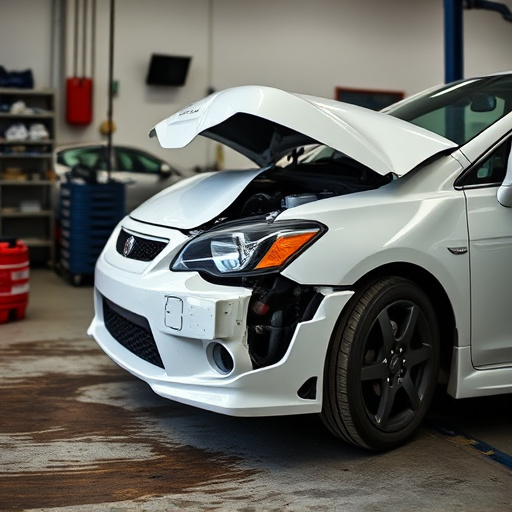
Implementing protocols is the cornerstone of upholding Mercedes-Benz repair standards. It ensures that every repair, particularly involving Advanced Driver Assistance Systems (ADAS), aligns with the brand’s precision and safety expectations. When it comes to car repair services, especially in an automotive body shop offering frame straightening, strict adherence to these protocols is non-negotiable. Each step of the process, from initial assessment to final calibration, must be meticulously documented and executed according to the manufacturer’s guidelines.
This rigorous approach guarantees that vehicles leaving the workshop are not just repaired but revitalized to their original specifications. It ensures that ADAS systems, which rely on precise sensor alignment for optimal performance, function correctly and safely. By maintaining these protocols, automotive body shops provide high-quality repairs, fostering customer trust in their vehicle’s safety and reliability on the road.
In conclusion, adopting advanced safety standards in Mercedes-Benz repair, particularly focusing on ADAS system calibration protocols, is paramount for ensuring precise and reliable vehicle performance. These protocols serve as the cornerstone of quality repairs, upholding the brand’s reputation for excellence while enhancing road safety for all drivers. By adhering to these rigorous standards, repair shops can guarantee that every refurbished Mercedes-Benz meets the highest industry benchmarks.
